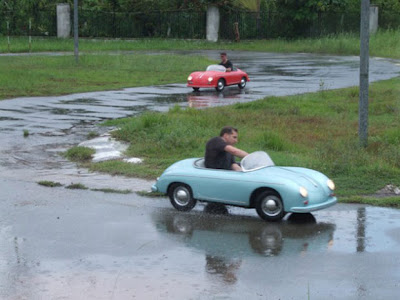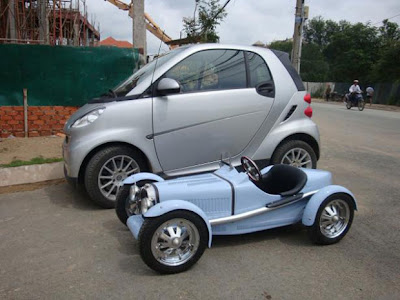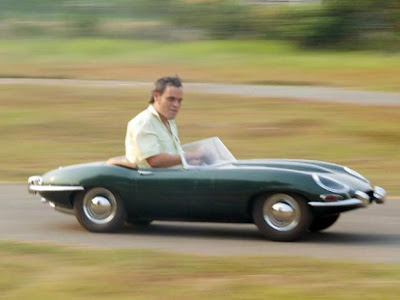Mohammed Saddiq, general manager of GENeco, has another idea, which would take something that's normally thought of as waste, and turn it into a way to power a vehicle. The prototype 2010 VolksWagen Cars Beetle Bio-Bug is powered by methane gas which is produced from human waste at sewage works. Another environmentally friendly car has been shown to the world today by Wessex Water in England.
2010 VolksWagen Cars Beetle Bio-Bug Powered by Sewage Waste. The Bio-Bug is a project from Wessex Water, a sewage treatment company in England. Now there’s Bio-Bug, a VW Beetle that runs on the methane gas generated at a sewage treatment plant, reports The Telegraph. Wessex Water, near Bristol, England, says that human waste from the toilets of 70 homes can power the Bio-Bug for a year.
GENeco believes that more gas will be produced at its Avonmouth site when the company embarks on its latest green venture to recycle food waste. Mr Saddiq said: “Waste flushed down the toilets in homes in the city provides power for the Bio-Bug, but it won’t be long before further energy is produced when food waste is recycled at our sewage works.
At first glance, the Beetle appears to be a publicity stunt for GENeco, which owns a number of waste treatment sites in the U.K. But consider this: A single sewage treatment plant in Bristol, England generates 18 million cubic meters of biogas each year. The Bio-Bug squeezes out 5.3 miles per cubic meter of biogas. So just one sewage treatment plant could keep cars running for 5,400,000 miles each year, according to the British Daily Mail.
The Volkswagen Beetle dubbed the “Bio-Bug” was built for GENeco by UK’s The Greenfuel Company. The Bio-Bug’s 2.0-liter four-cylinder engine was converted to run on biogas and still hit about 114 miles per hour. However, the Bio-Bug uses regular unleaded gas to start, then switches over to methane automatically once it’s running. GENeco, a company owned by Wessex Water, supplied the equipment to treat the gas. “If you were to drive the car you wouldn’t know it was powered by biogas, as it performs just like any conventional car,” said Mohammed Saddiq, general manager of GENeco, in the release.
Mr. Saddiq explained that GENeco had been supplying treated compressed methane gas to generate electricity for the plant site and exported to the National Grid. The fuel for the Bio-Bug was surplus gas “we had available” and “we wanted to put it to good use in a sustainable and efficient way.”
The Bio-Bug was built by the Greenfuel Company, which specializes in converting gas cars to run on liquified petroleum gas.
2010 VolksWagen Cars Beetle Bio-Bug Powered by Sewage Waste
“The choice of car was inspired by students who took part in a workshop. They thought it would be appropriate that the poo-powered car should be the classic VW Beetle Bug because bugs naturally breakdown waste at sewage works to start the treatment process which goes on to produce the energy.”
Brilliant! Now, that’s a great marketing hook.




















































